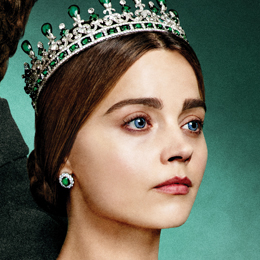Coronation Connections: Victoria and Charles III
When there is a British coronation, centuries-old crown jewels come out, monarchs ride in the Gold State Coach, and solemn oaths are made that date back to medieval days. But how have these ancient rituals changed over time, if at all? Having a particular affinity for Queen Victoria, we asked Dr. George Gross of King’s College London to specifically compare her 1838 crowning with that of Charles III’s. From the coronation crown’s fit on their respective heads to the appearance of graffiti on Westminster Abbey’s coronation chair, he reveals some fascinating details.
[Remember you can rewatch Victoria—or tune in for the first time—with PBS Passport, an added member benefit. Watch Victoria full episodes online and on the free PBS app. The recreation of the Queen’s coronation is in Season 1’s first episode.]
- 1.
Victoria was Crowned as a Teen; Charles at 74

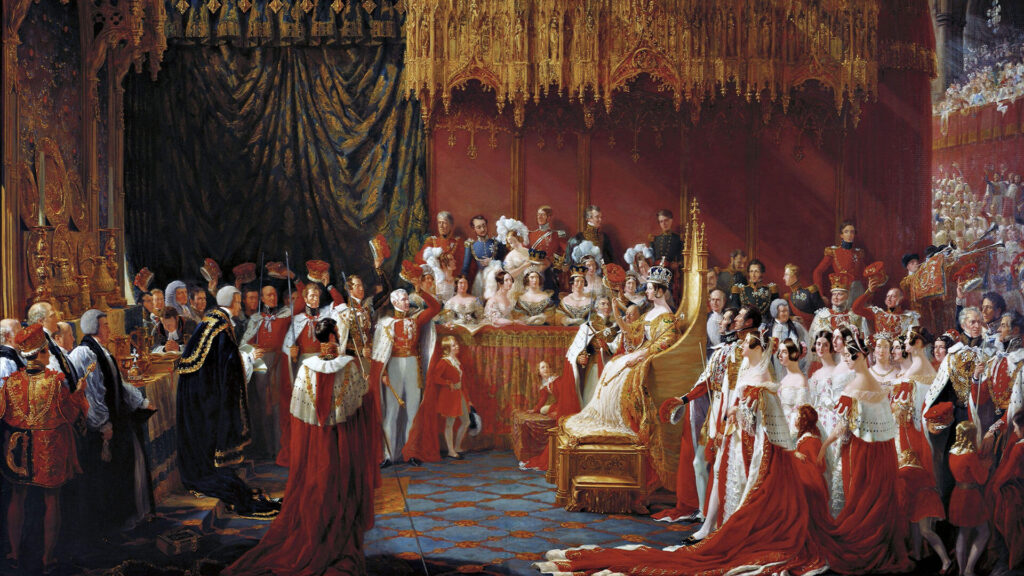
Painting of Queen Victoria's Coronation by Sir George Hayter Queen Victoria was all of 19 at her coronation, a significant difference in age from the two kings who immediately proceeded her. “There was something very fresh and exciting about Victoria’s youth,” says Gross. “We know some 400,000 [people] came to line her procession route. There was a great deal of interest and her age definitely had something to do with that. I don’t think that means there [wasn’t] similar interest for Charles here because the context is different, but Queen Victoria’s taking the throne so young definitely had a big impact on her subjects.”
- 2.
Victoria's Procession Route is Now the Norm


The Gold State Coach during Elizabeth II’s Platinum Jubilee Pageant 2022 It was Lord Melbourne who initiated a new route for Queen Victoria’s trip to Westminster Abbey on coronation day; one allowing as many spectators as possible. Her procession began at the newly completed Buckingham Palace and traveled through London streets to reach the ancient church. “I’m not sure of the precise length [of the route] necessarily, but [she was] going at the relatively slow pace of the Gold State Coach, and it was definitely to show the new queen off to her subjects,” says Gross. “King Charles [followed] a very similar route but a bit shorter than [his mother’s] in 1953, while still taking in Buckingham Palace, The Mall, Trafalgar Square, and so on.”
King Charles III rode in the same Gold State Coach that Queen Victoria used, but only on his return trip to Buckingham Palace. “It’s extremely uncomfortable apparently, even the late Queen Elizabeth described it as horrible to travel in,” says Gross. “So, Charles [used] the Diamond Jubilee Coach on the way to the Abbey, and on the way back he [traveled] in the Gold State Coach.”
- 3.
Charles and Victoria: Same Coronation Chair

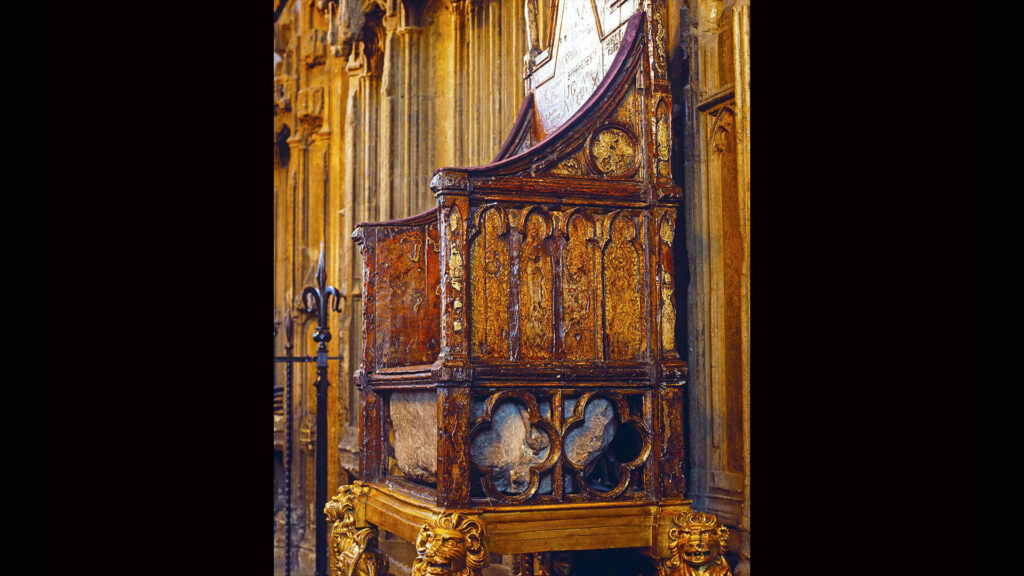
In the Coronation Chair, the monarch sits directly on top of the Stone of Scone. The Coronation Chair facing Westminster Abbey’s High Altar has been used in British coronations since 1308. “The chair was made somewhere around 1296 when Edward I captured the Stone of Scone [or Stone of Destiny] from Scotland, brought it down to the Abbey and created a new chair [to hold it],” says Gross. “It’s one of the oldest bits of furniture still used. Of course, it doesn’t get used very often, but it still is actively used as opposed to just being a museum relic. It’s remarkable.”
Also remarkable is the fact that the chair has graffiti on it! “Westminster School boys over time got into the Abbey and marked their names on it,” says Gross. “It looks like hieroglyphics, but it’s just people’s carved initials and signatures all over it.”
- 4.
Charles Eliminated Some Ceremony

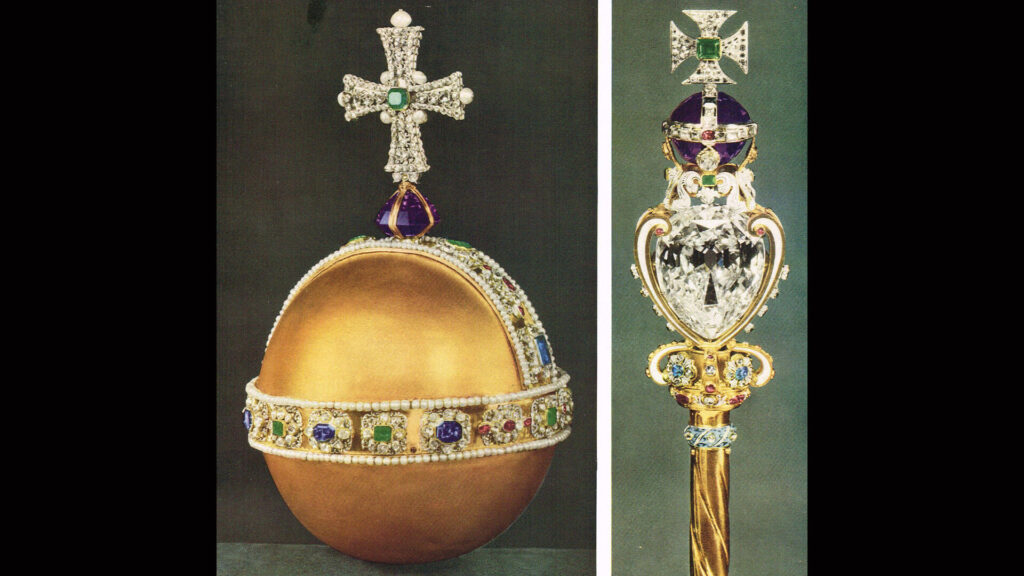
The royal orb and the royal sceptre with cross are both Crown Jewels of the UK. Charles III’s coronation may’ve been the shortest in British history—while Victoria’s was one of the longest. The King’s ceremony omitted “certain vows of homage as well as the presentation of certain items of royal regalia,” says Gross. “The range of these items represents the monarch’s powers and responsibilities. In 1838, Victoria held the same objects, which have been housed in the Tower of London.” The artifacts include the spurs and sword, “links to the monarchy’s knightly past. … The orb symbolizes power over the world, while the scepter with doves signifies the monarch’s connection to religion and spiritual power.”
- 5.
Charles Didn't Wear the Crown Victoria Did

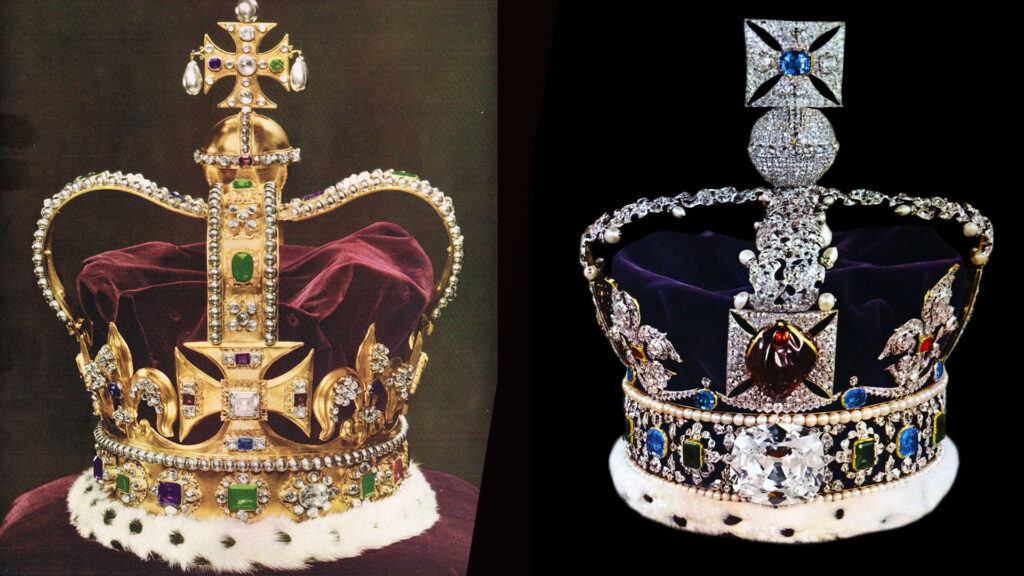
St. Edward's Crown (left) and the Imperial State Crown from Victoria's coronation, both from the UK Crown Jewels St. Edward’s Crown is the crown used at the moment of coronation—it was made in 1661 for Charles II to replace the medieval heirloom that had been melted down during the interregnum days of Oliver Cromwell. “However, Queen Victoria’s head was rather small and delicate for such a big crown and so she had a new one made for her coronation,” says Gross. “I believe that Edward VII, having been ill, also did not use St. Edward’s Crown. But apart from those exceptions, all monarchs have been crowned with this St. Edward’s crown, and Charles [was], too.”
- 6.
Charles and Victoria: Who Rehearsed?

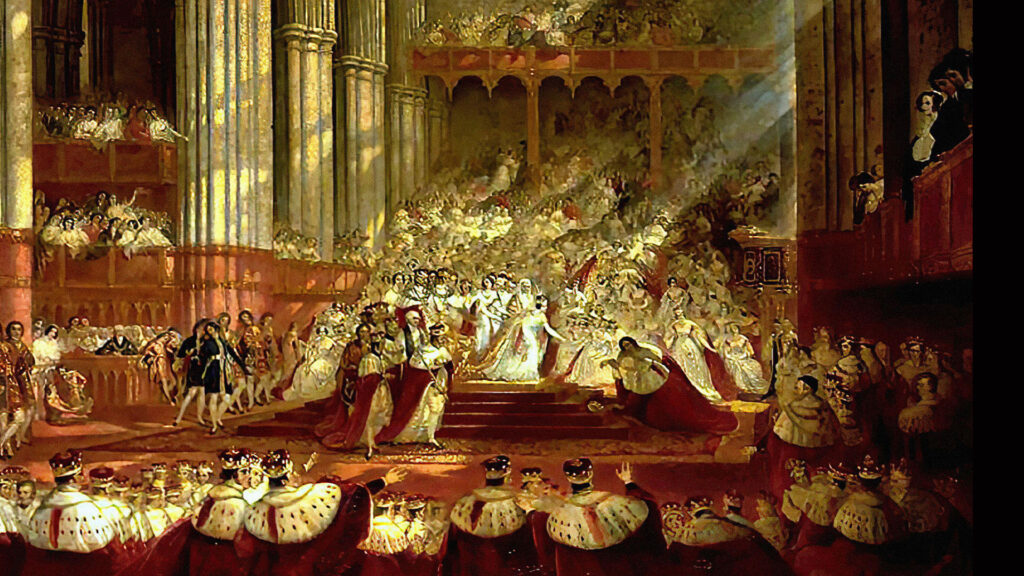
Close up of John Martin’s 1839 painting of Victoria’s Coronation. Queen Victoria’s coronation was famously criticized as overly long (about five hours), chaotic, and under rehearsed. “There were several hitches,” says Gross. “She wrote in her diary that ‘The Archbishop of Canterbury walked to deliver the orb to me, but I’d already got it and he, as usual, was so confused and knew nothing.’ At one point, two pages of the service book were accidentally turned over at once, resulting in the Bishop of Bath and Wells instructing her to go to St Edward’s Chapel from which she hastily had to be retrieved. Worse, the aged Archbishop of Canterbury jammed the coronation ring onto her wrong finger. And at the homage, the elderly Lord Rolle tripped ascending the steps to the throne and tumbled down—a moment immortalized in John Martin’s great painting of 1839.” In contrast, Charles III’s ceremony was just over an hour and went quite smoothly.










